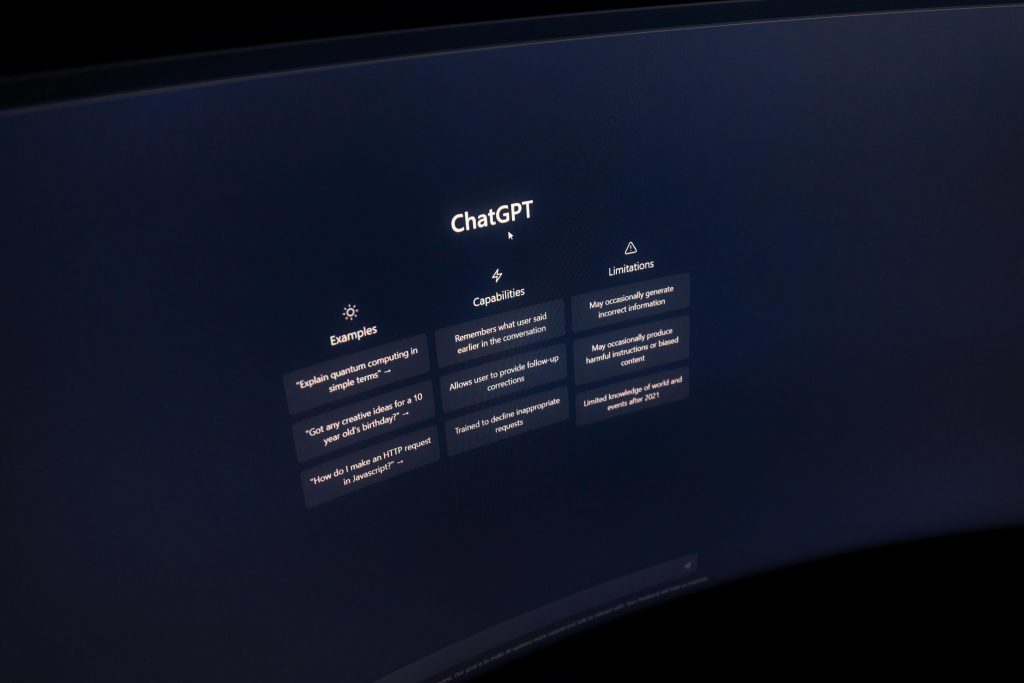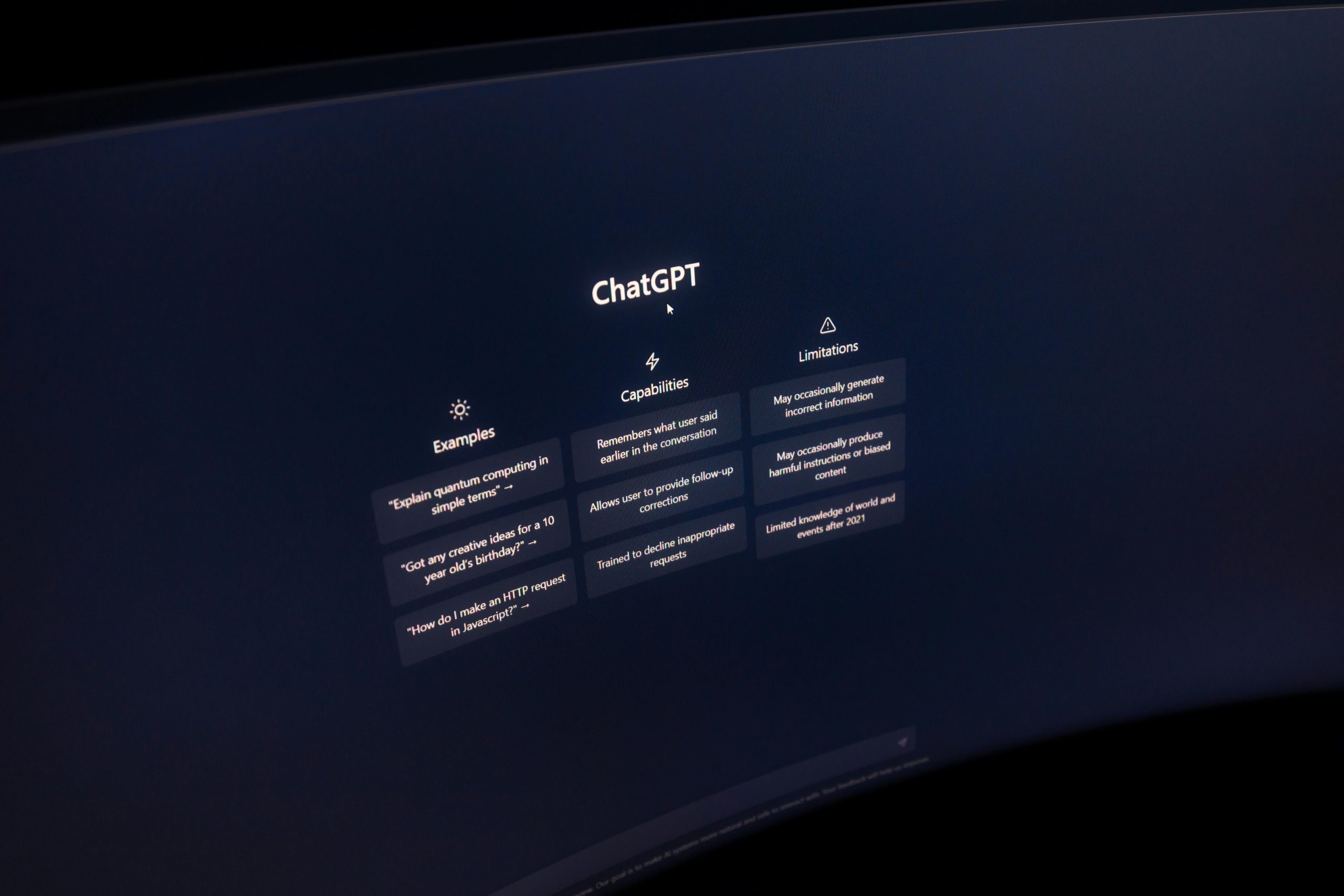Introduction
In today’s digital landscape, AI-powered chatbots have emerged as a transformative force in customer service, sales, and internal operations. These intelligent virtual agents leverage natural language processing (NLP) and machine learning to understand user queries, respond conversationally, and even anticipate needs. From resolving common support issues in seconds to guiding shoppers through product catalogs, chatbots promise 24/7 availability, instant responses, and significant cost savings. But how do they actually work, and are they living up to the hype? In this post, we’ll unpack the underlying technology, explore real-world applications, evaluate key performance metrics, and share best practices for maximizing chatbot effectiveness.

What Makes a Chatbot “AI-Powered”?
H2: Core Technologies Behind AI Chatbots
AI chatbots differ from simple rule-based bots by using these key technologies:
- Natural Language Processing (NLP):
- Tokenization & Parsing: Breaking sentences into words and grammatical structures.
- Intent Recognition: Classifying user requests (e.g., “track my order,” “reset password”).
- Entity Extraction: Identifying specific data like dates, names, or product SKUs.
- Machine Learning & Deep Learning:
- Supervised Learning: Training on labeled dialogues to improve accuracy.
- Reinforcement Learning: Continuously refining responses based on real user feedback.
- Transformer Models: Leveraging architectures like BERT or GPT for nuanced understanding.
- Knowledge Bases & Retrieval Systems:
- Static FAQs: Preloaded question-answer pairs.
- Dynamic Databases: Live product catalogs, user profiles, or inventory systems.
H2: Rule-Based vs. AI-Powered Chatbots
| Feature | Rule-Based Bots | AI-Powered Chatbots |
|---|---|---|
| Response Logic | Predefined scripts and keywords | Learned patterns and contextual understanding |
| Flexibility | Rigid, struggles with variations | Adaptable to new phrasing and slang |
| Maintenance | Frequent manual updates | Self-improves over time with minimal tuning |
| Complexity of Queries | Simple FAQs | Handles multi-step, open-ended dialogues |
Real-World Applications and Use Cases
H2: Customer Support and Service
- 24/7 Availability: Instantly answers common questions like order status, return policies, and troubleshooting.
- Ticket Triage: Gathers initial details and directs complex issues to human agents, reducing resolution time.
- Multilingual Support: Automatically translates and responds in users’ native languages.
Example: An e-commerce retailer reduced live-agent chat volume by 60% after deploying an AI chatbot that handled FAQs and order lookups.
H2: Sales and Lead Generation
- Product Recommendations: Guides shoppers with personalized suggestions based on browsing and purchase history.
- Qualification: Asks qualifying questions (budget, timeline, requirements) to score leads before handing off to sales reps.
- Abandoned Cart Recovery: Proactively messages users who leave items in cart, offering assistance or promotions.
H2: Internal Operations and HR
- Onboarding Assistance: Provides new hires with company policies, benefits enrollment steps, and training links.
- IT Helpdesk: Automates password resets, software installation guides, and system status updates.
- Employee Surveys: Conducts quick pulse checks and collects feedback in conversational form.
Measuring Chatbot Effectiveness
H2: Key Performance Indicators (KPIs)
To gauge whether your chatbot delivers value, track:
- Containment Rate (Self-Service Rate):
- Percentage of chats resolved without human intervention.
- Aim for >70% in mature deployments.
- Resolution Time:
- Average time to answer or resolve user queries.
- Compare against human-handled benchmarks.
- Customer Satisfaction (CSAT) & Net Promoter Score (NPS):
- Post-chat surveys asking users to rate their experience.
- High CSAT (>4 out of 5) indicates effective conversational design.
- Fallback Rate:
- Frequency of “I’m sorry, I don’t understand” responses.
- Lower rates (<5%) reflect robust NLP and training.
- Conversion Metrics:
- For sales bots: uplift in qualified leads, click-through rates on recommendations, or completed transactions.

H2: ROI and Cost Savings
- Labor Cost Reduction: Handling thousands of routine inquiries without adding headcount.
- Scalability: Instantly supports spikes in demand (e.g., holiday seasons) without overtime or temp staff.
- Upsell & Cross-Sell Revenue: Many organizations report a 10–20% increase in average order value when chatbots proactively suggest add-ons.
Challenges and Limitations
H2: Common Pitfalls
- Overreliance on Automation:
- Bots may mishandle nuanced or emotionally sensitive issues.
- Always offer a seamless handoff to human agents.
- Data Privacy & Compliance:
- Collecting personal data through chat requires adherence to GDPR, CCPA, etc.
- Implement strong encryption and consent mechanisms.
- Language and Cultural Nuances:
- Slang, idioms, or regional dialects can confuse NLP models.
- Invest in locale-specific training data.
- Maintenance Overhead:
- Outdated knowledge bases lead to incorrect answers.
- Schedule regular content audits and retraining cycles.
H2: Mitigation Strategies
- Hybrid Models: Combine rule-based flows for critical intents with AI-driven understanding for open-ended queries.
- Continuous Learning Pipelines: Integrate user feedback loops so misclassifications teach the model.
- Human-in-the-Loop: Empower agents to correct and rate bot responses, boosting accuracy over time.
Best Practices for Maximum Impact
H2: Design a Conversational UX
- Persona & Tone: Define a friendly, on-brand voice—whether playful, professional, or empathetic.
- Quick Replies & Buttons: Offer clickable options for clarity and speed.
- Typing Indicators & Delays: Simulate human pacing to manage expectations (“Let me check that for you…”).
H2: Optimize Training and Content
- Diverse Training Data: Include multiple phrasings, typo variations, and sample dialogues.
- Entity Dictionaries: Curate lists of product names, locations, and technical terms for accurate extraction.
- Fallback Flows: Create graceful degradation paths—ask clarifying questions rather than dead-end “I don’t know” messages.
H2: Seamless Human Handoff
- Context Preservation: Transfer entire chat history so agents have full context.
- Escalation Triggers: Define clear signals (sentiment, repeated fallback) to escalate promptly.
- Agent Assist Tools: Surface suggested replies or knowledge-base articles to the human agent.
The Future of AI Chatbots
H2: Advancements on the Horizon
- Emotion Recognition: Detecting sentiment and tone to adapt responses empathetically.
- Multimodal Interfaces: Combining voice, video, and text for richer interactions.
- Self-Serve Model Building: Citizen-developer platforms lowering the barrier to create and customize bots.

H2: Emerging Use Cases
- Healthcare Triage: Guiding patients through symptom checks and appointment scheduling.
- Financial Advisory: Offering personalized budgeting tips and investment insights via conversational AI.
- Education & Training: Delivering on-demand tutoring and interactive learning modules.
Conclusion
AI-powered chatbots have evolved from novelty widgets into strategic assets, driving cost savings, improving customer experience, and powering internal efficiencies. When built on robust NLP, continually trained with real user data, and supported by seamless human escalation, these virtual assistants can achieve containment rates above 70%, shorten response times by over 80%, and boost CSAT scores by up to 20%. Yet, success hinges on thoughtful design, ongoing optimization, and a clear understanding of limitations. By embracing best practices—defining a strong persona, leveraging hybrid models, and measuring meaningful KPIs—you can harness the true potential of AI chatbots to deliver scalable, personalized, and impactful conversations that propel your business forward.


